Describe the Database Management System
Describe the Database Management System. A database is basically a collection of data. A database management system is a program or collection of programs, that allows any number of users to access and modify the data in database. A DBSM also provides tools that enable users to construct special requests (called quires) to find special records in the database.
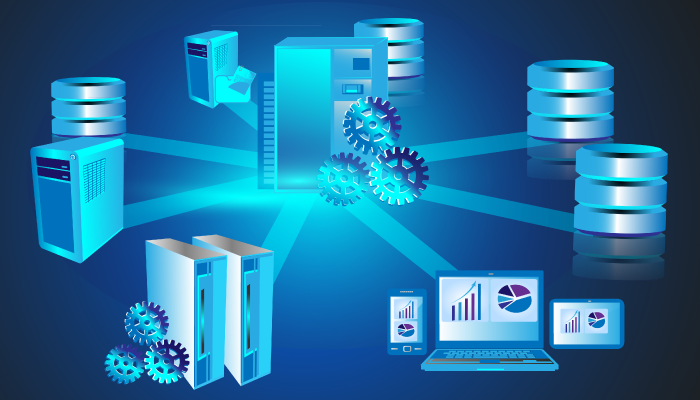
what are the types of DBMS?
The following are the four major types of database management system
(DBMS):
- Network database
- Hierarchical database
- Relational database
- Object-oriented database
Hierarchical database:
In hierarchical database management system, the relationships among data in the database are established so that one data element exists as a subordinate of another. The data elements have parent – child like relationships and are modeled using the “tree” data structure. This type of database is very fast and very simple.
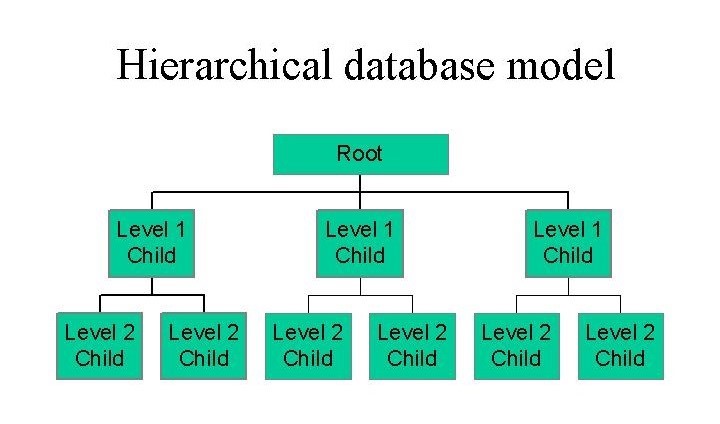
Advantages:
- Data can be retrieved easily due to the explicit links present b/w the table structures.
- It is conceptually simple due to parent-child relationship.
- Database security is enforced.
- High performance.
- A clear chain of command and authority.
Disadvantages:
- Complex relationships are not supported.
- No data manipulation or data definition language.
- Poor flexibility.
- Rigid structure.
Network database:
Network database management system is one where the relationships among the data in the database are of the type many-to-many in the form of a network. The structure is quiet complicated due to existence of numerous many-to-many relationships. The network DBMS is modeled using the “graph” data structure. In network database the records are linked with pointers to represent relationship.
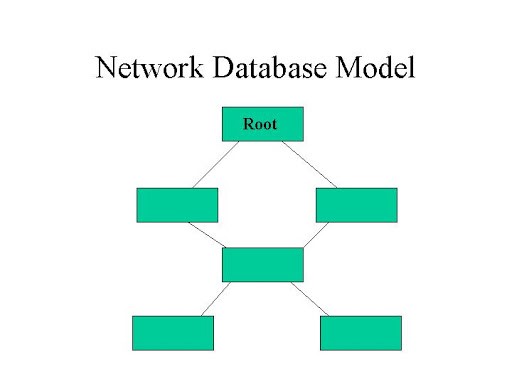
Advantages:
- It is simple and the implementation is effortless.
- Ability to manage more relationship types.
- Accessing the data is simpler as compared to hierarchical database.
- Data independence is better in network models opposed to hierarchical model.
Disadvantages:
- The system is very complex.
- Absence of structural independence.
- The structure is difficult to change.
Relational database:
The relational database is represented in the form of relations. Each relation models an entity and is represented as a table of values. In the relation or table, a row is called tuple donates a single record. A column is called a field or an attribute donates a characteristic property of the entity. RDBMS is the most popular database management system.
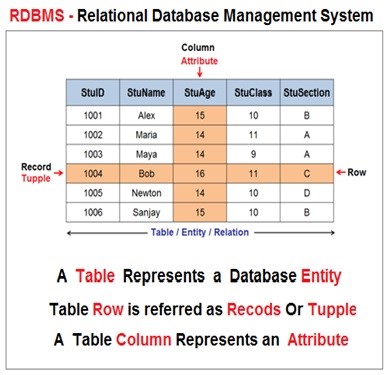
Advantages:
- Structural independence
- Easy to use, design and implement.
- It is the most simple model.
- High security.
- Feasible for future modifications .
Disadvantages:
- Sometimes it becomes complex as the amount of data grows.
- The information cannot be shared from one system to another.
Object-oriented database:
Object-oriented DBMS is derived from the model of the object-oriented programming paradigm. They are helpful in representing both consistent data as stored in databases, as well as transient data, as found in executing programs. They use small elements called objects. Each object contain a data part and a set of operations which work upon the data. The objects and its attributes are accessed through pointers instead of being stored in relation table models.
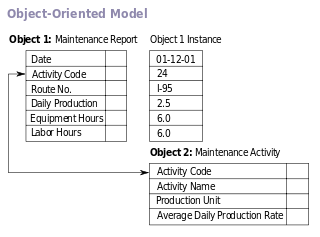
Advantages:
- The sets of complex data van be saved and retrieved quickly and so easily.
- The ids of the object are assigned automatically.
Disadvantages:
- The databases of the object are not widely adopted.
- High complexity can cause performance problems in some situations.
Read here for more
https://eevibes.com/computing/introduction-to-computing/what-are-the-best-communication-devices/